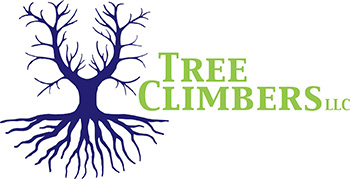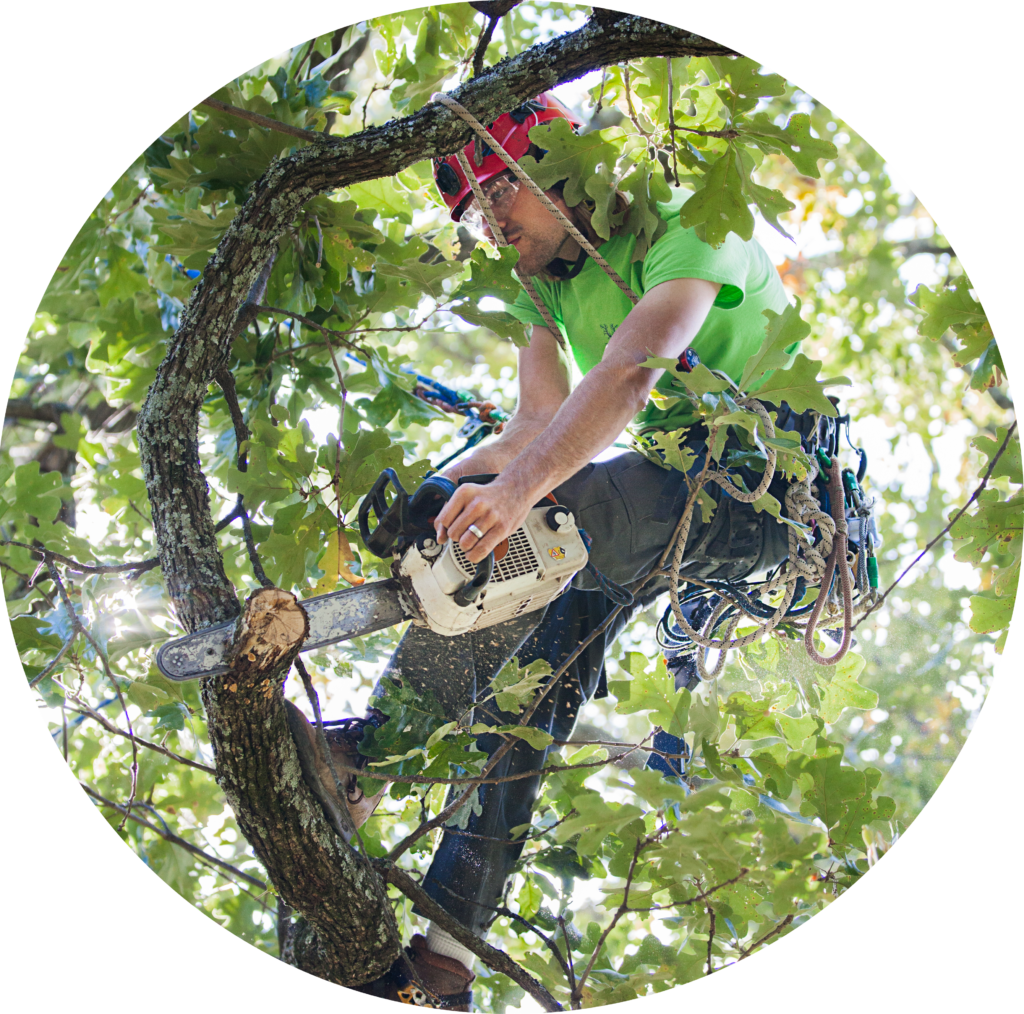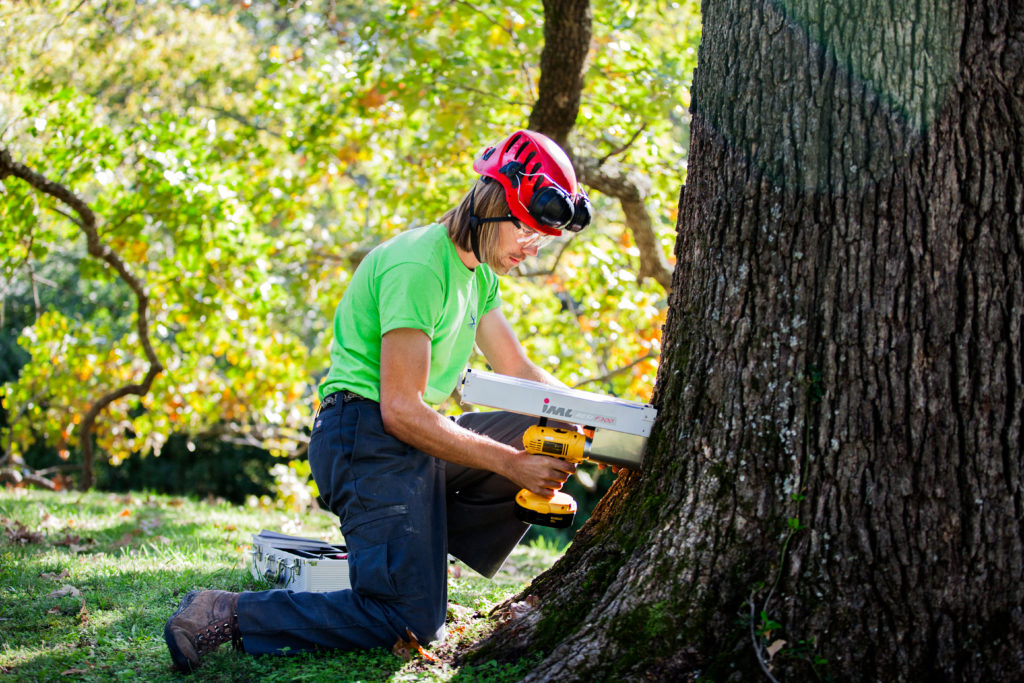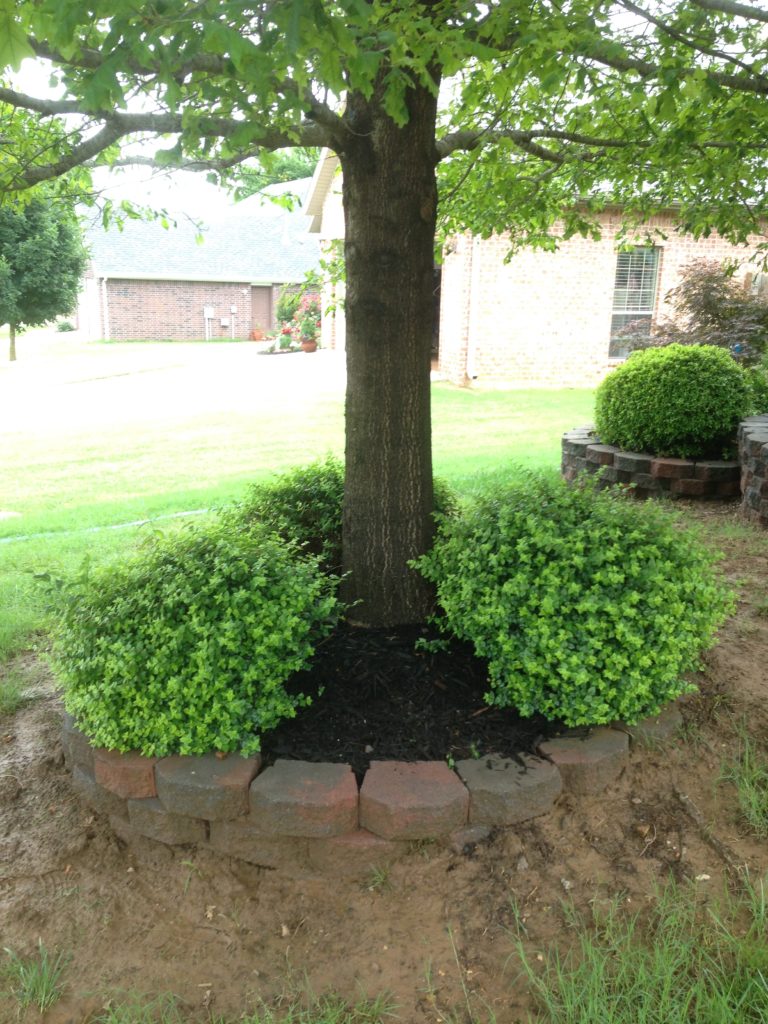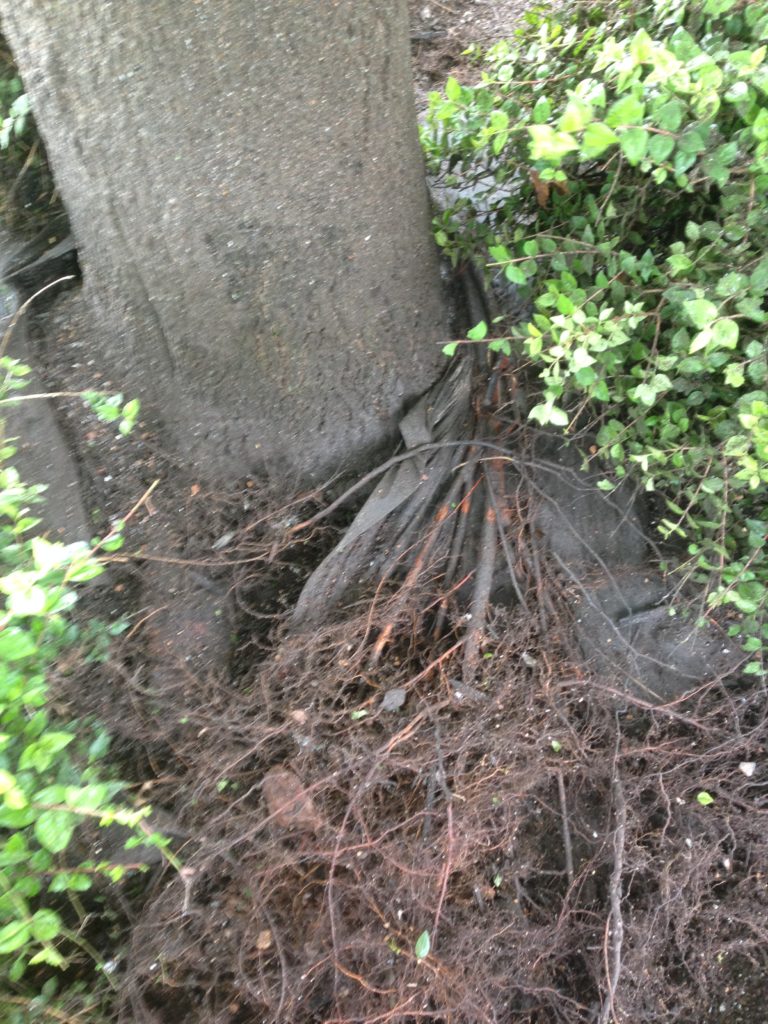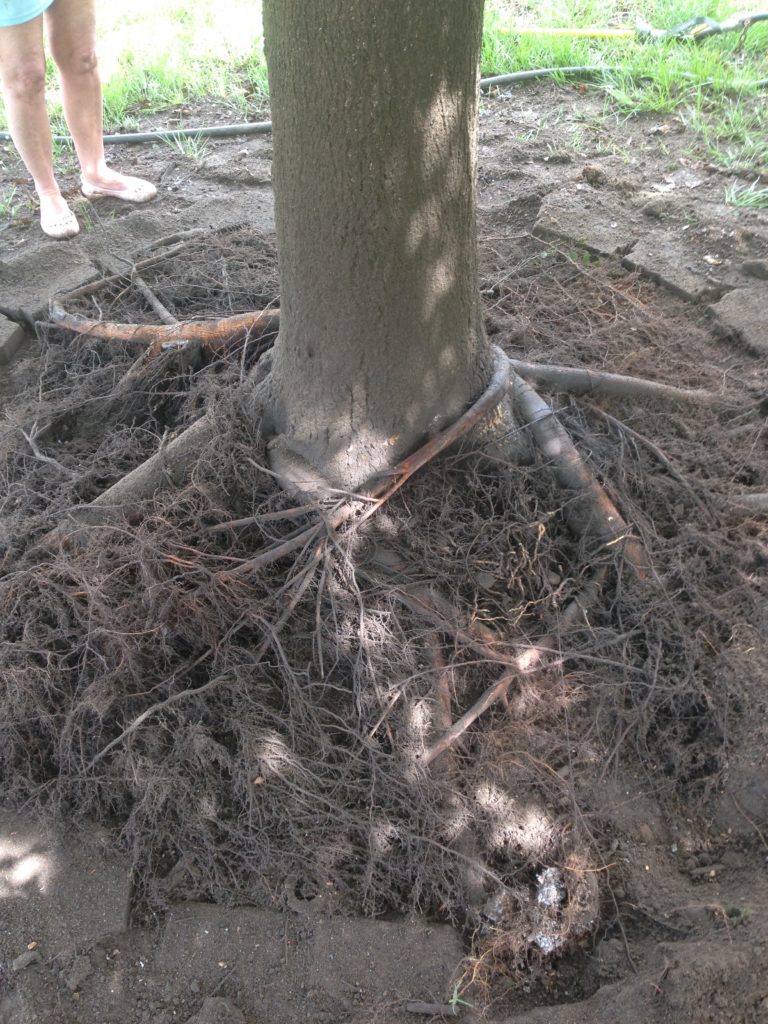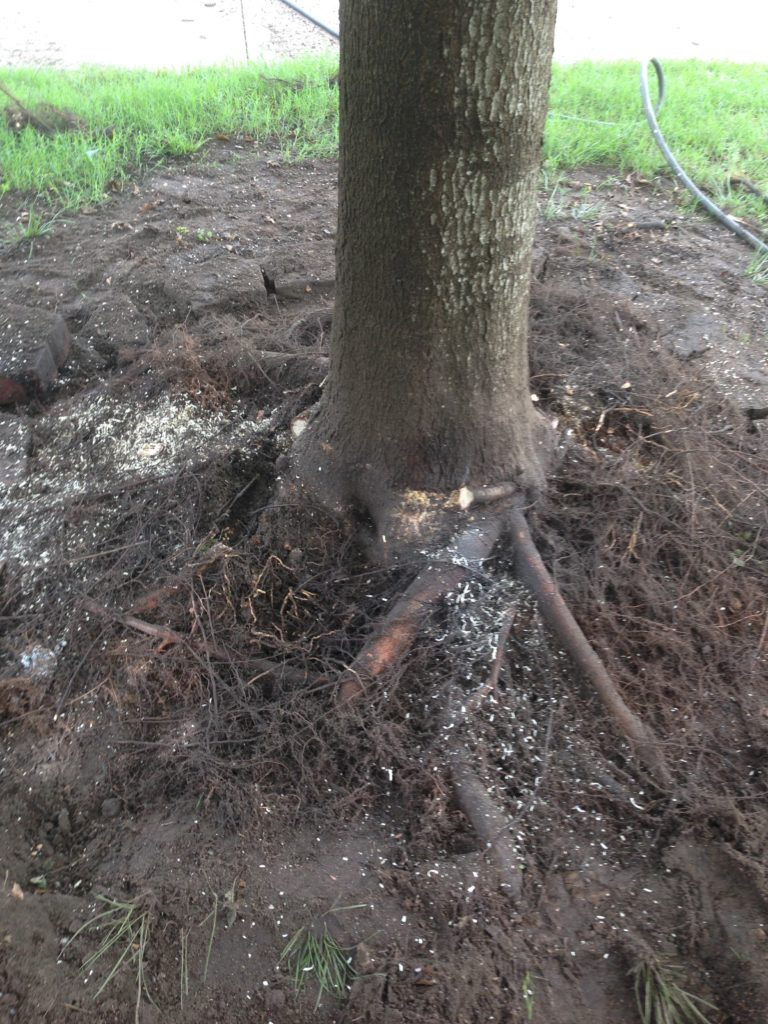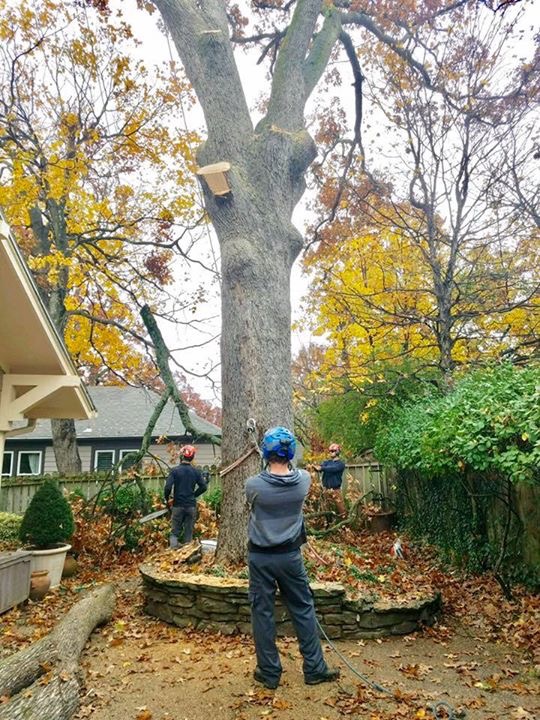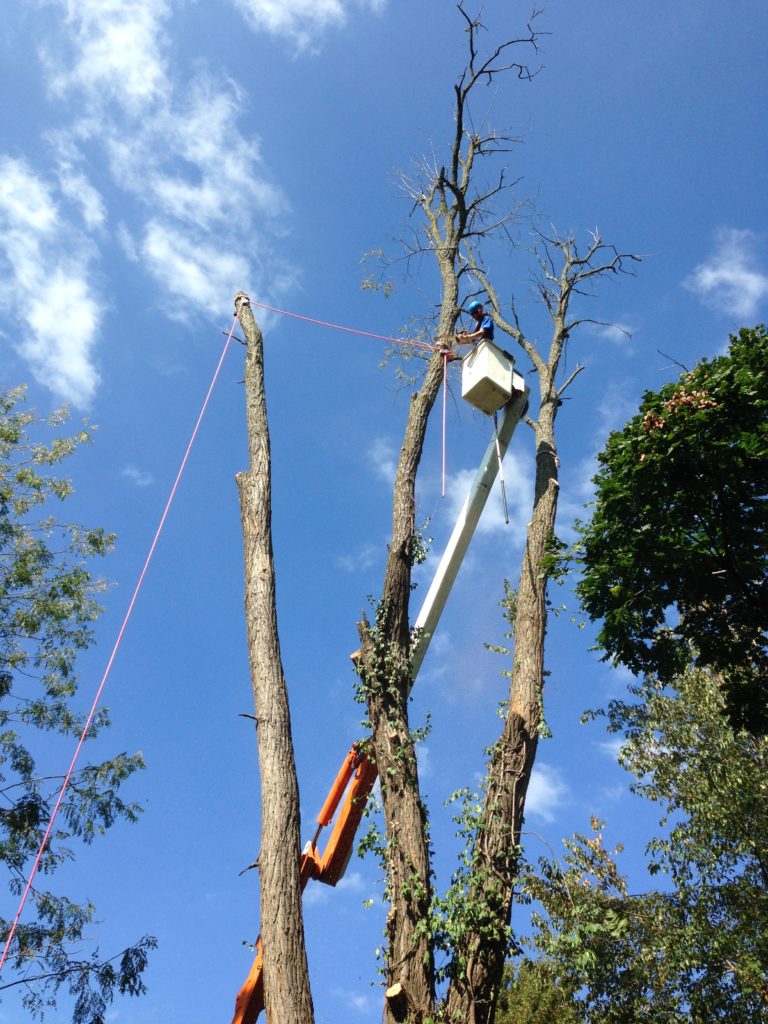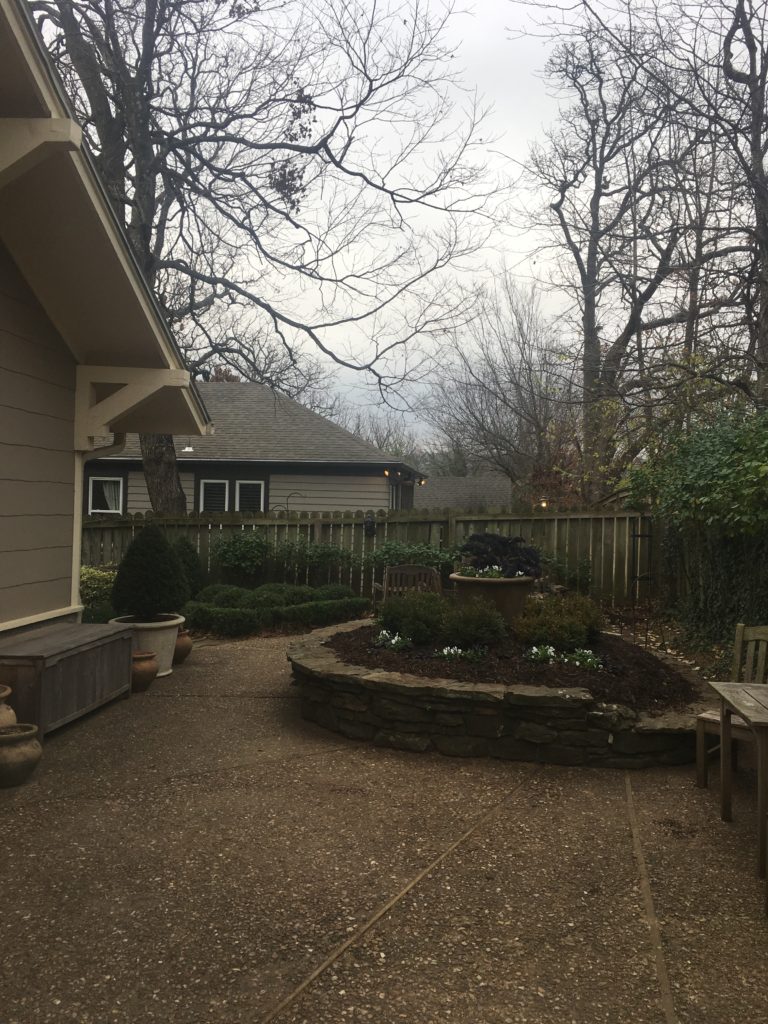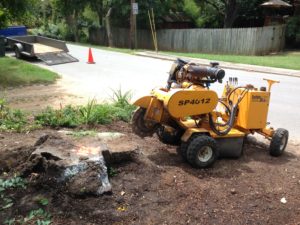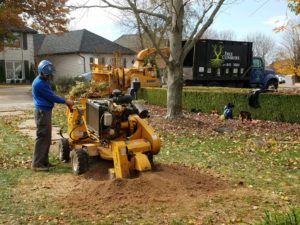Pruning
Specific types of pruning may be necessary to maintain a mature tree in a healthy, safe, and attractive condition..
Crown Cleaning
Removal of dead, dying, diseased, crowded, weakly attached, and low-vigor branches from the crown of a tree. The outward appearance of the tree is affected very little.
Crown Restoration
Training and thinning sprouts after storm damage or topping to bring the tree back to proper form. It must be done gradually over several years in order to be effective.
Reduction
Reduces the size of a tree, often for clearance for a house or utility lines. Recommended not to exceed 25-30% of canopy depending on species. Also reduction can be for reducing weight on longer branches over a structure to reduce risk of failure.
Subordination
Mostly for young to middle aged trees. Reducing or removing one of two or more competing dominant leads to allow one to have dominance. Reduces union failures when mature. It is a very species-specific technique.
Crown Raising
Removes the lower branches from a tree in order to provide clearance for buildings, vehicles, pedestrians, and vistas.
Thinning
Selective removal of branches to increase light penetration and air movement through the crown. Thinning opens the foliage of a tree, and helps retain the tree’s natural shape. Over thinning can be very damaging to the tree based on species.
Structural Pruning
Mostly for young to middle aged trees. Removing weak or duplicating branches and often training to a central leader to give the tree a solid foundation for future growth.
